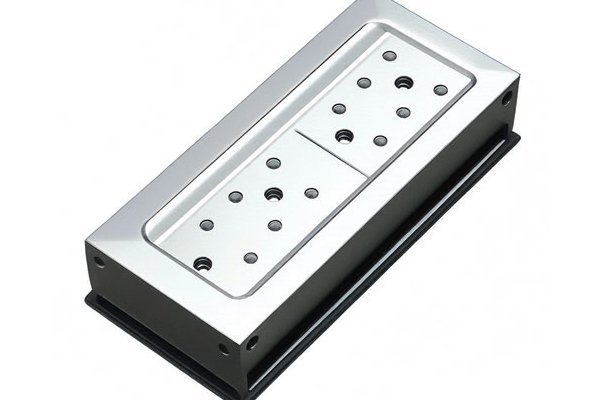: An Intriguing Question
Did you know that the choice of material can drastically influence the performance and reliability of machined parts? In the world of CNC machining, selecting the right material for production offerings—notably PA66 nylon and POM (Polyoxymethylene) plastic—can spell the difference between operational success and failure. This blog delves into the nuanced differences between these two popular materials in CNC machining, helping manufacturers make informed decisions that enhance their productivity and end-product performance.
Chapter 1: Overview of PA66 Nylon and POM Plastic
1.1 What is PA66 Nylon?
PA66 nylon is a type of synthetic polymer that falls under the category of polyamides. It is known for its excellent mechanical properties, thermal stability, and chemical resistance. This material is widely used in various applications, including automotive components, manufacturing tools, and consumer goods.
Key Characteristics of PA66 Nylon:
1.2 What is POM Plastic?
POM, also known as acetal or Polyoxymethylene, is another popular thermoplastic used in CNC machining. It boasts similar mechanical properties but has distinct characteristics that set it apart from PA66 nylon. POM is ideal for applications requiring high stiffness, low friction, and excellent dimensional stability.
Key Characteristics of POM Plastic:
Chapter 2: Mechanical Properties Comparison
2.1 Tensile Strength
The tensile strength of a material is a critical factor in determining its ability to withstand loads without deformation. Both PA66 nylon and POM have high tensile strength, but PA66 typically has a slight edge in tensile strength under certain conditions, especially after being conditioned to absorb moisture.
Practical Implications:
2.2 Fatigue Resistance
Fatigue resistance is essential for components subjected to cyclic loading. POM exhibits superior fatigue resistance compared to PA66 nylon, making it a preferable option for moving parts such as gears, bearings, and structural components.
Practical Implications:
2.3 Chemical Resistance
Chemical exposure can deteriorate material integrity. Both PA66 and POM are resistant to various chemicals, but their resistance can vary based on specific substances.
Practical Implications:
Chapter 3: Machinability and Processing Differences
3.1 CNC Machining Characteristics
CNC machining parameters, including cutting speed, feed rate, and tool design, can greatly affect the machining outcome for both PA66 nylon and POM.
Machining PA66 Nylon:

Machining POM:
Chapter 4: Thermal Properties and Stability
4.1 Thermal Behavior
Thermal stability is decisive for components exposed to various temperature ranges. PA66 has a higher melting point than POM, allowing it to maintain its structure during high-temperature applications.
Key Considerations:
4.2 Moisture Absorption
Moisture absorption can significantly influence mechanical properties. PA66 is hygroscopic, meaning it absorbs moisture from the environment, leading to swelling and dimensional changes. POM has minimal moisture absorption, allowing it to maintain consistent mechanical properties.
Chapter 5: Use Cases and Application Suitability
5.1 Applications for PA66 Nylon
5.2 Applications for POM Plastic
Chapter 6: Cost and Availability Considerations
6.1 Material Cost
Cost is always an important consideration. In general, PA66 nylon tends to be more affordable compared to POM.
Practical Implications:
Chapter 7: Environmental Impact and Sustainability
7.1 Eco-friendliness of Materials
As the industry shifts towards sustainability, the ecological footprint of manufacturing materials is increasingly scrutinized. Neither PA66 nor POM is entirely eco-friendly, but recent advancements in bioplastics show promise.
Considerations:
: Making Informed Choices in CNC Machining
In conclusion, understanding the differences between PA66 nylon and POM plastic in CNC machining is essential for manufacturers looking to optimize their production processes. While both materials serve distinct purposes, their unique properties make them suitable for different applications.
Selecting the appropriate material goes beyond just mechanical properties; factors such as thermal stability, chemical resistance, machinability, cost, and sustainability play significant roles. Consequently, manufacturers must assess their needs and application environments before choosing between PA66 nylon and POM plastic.
This blog has equipped you with the knowledge to navigate the complexities associated with these materials in CNC machining. Taking the time to understand and choose the right material can lead to significant improvements in product performance and longevity while ultimately reducing production costs. In today’s competitive landscape, making informed choices can give you the edge to excel in your operations.
By reflecting on the interplay of these material properties, you can set a solid foundation for success in your CNC machining projects. Remember, every decision counts, and being proactive in your material choice can pave the way for innovation and sustainability in your production processes.






